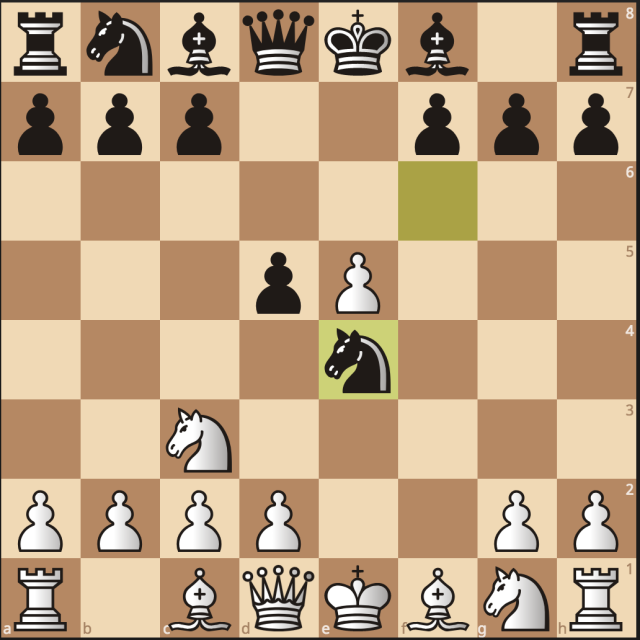We’ve all heard it before. An overconfident high-rated player sees that they’re paired against a significantly lower rated opponent. Thinking that it’s going to be a relatively so-called “Easy win”, the high-rated player doesn’t take the game seriously at first. Then, to his great disbelief, the lower rated player absolutely crushed and upset his higher-rated opponent. How could this have possibly occurred? Now to a not so experienced player, this scenario might be outright preposterous. Sure there’s always luck involved with chess, but shouldn’t the significantly high-rated player in his infinite wisdom and expertise beat the low rated player all the time? Unfortunately, like in life, in chess, things are not so simple. Sure maybe the lower rated player was lucky, maybe he’s underrated or hey, maybe he just had a good day. But there’s another part of to this too. Having the right attitude can make or break a chess game, and today we are going to discuss the correct way to approach playing against your secretly scary lower rated opponents.
Before I begin, I should probably put a disclaimer: a lot of the things that I’m about to say might seem obvious or redundant, but you’d be surprised about how many people don’t do this in their games! The first and probably most obvious rule is to go into the game with a calm mindset. Yes, you might have noticed that you are higher rated than your opponent, but that shouldn’t mean anything to you. Just go into the game with a clear head and be relaxed. The second and arguably most important rule is to not do anything you wouldn’t do against someone around your rating or higher. Don’t take any unusual risks, make any flashy moves, or do anything that you wouldn’t do normally and do the best you can throughout the entire match. The third and final rule is to not be discouraged if things don’t go as planned and you end up getting upset. Every game is an important learning experience and it’s only through your losses that you can truly learn where your gaps in knowledge are and how you can improve.
I hope this article, albeit short, was helpful to you. The main takeaway I’d say about the proper mindset to have when playing lower rated opponents is to just be normal. As long as you’re careful, and don’t make any silly decisions, there is a reason why you are the higher rated opponent. Until next time 🙂















 photo was taken from IOM chess twitter page (
photo was taken from IOM chess twitter page (








